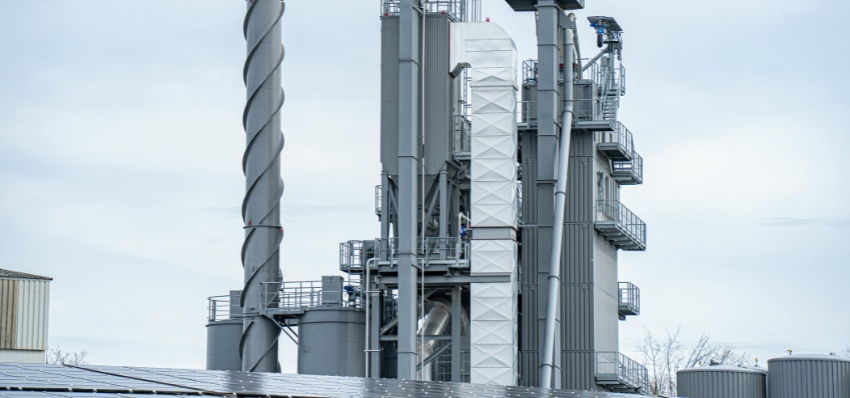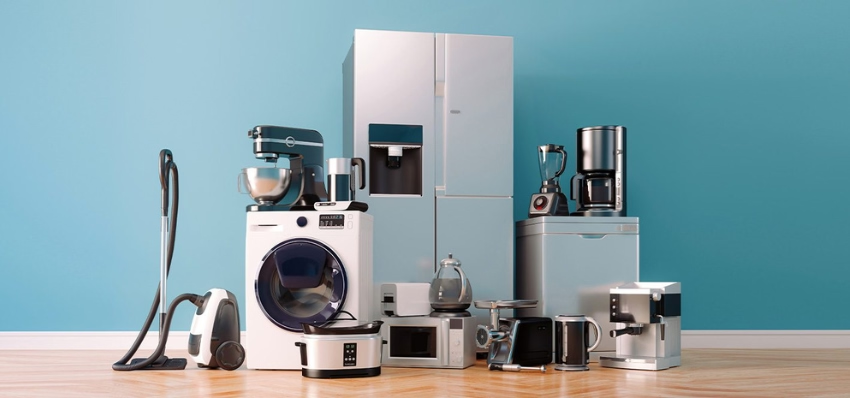
10 Lesser-Known Industrial Applications of Zinc Rods
- Admin
- August 6, 2025
- Uncategorized
- 0 Comments
What Are Zinc Rods?
10 Lesser-Known Industrial Applications of Zinc Rods
1. Cathodic Protection for Underground Pipelines:
Zinc rods play a crucial role in protecting our infrastructure, especially steel pipelines buried underground. Acting as sacrificial anodes, zinc rods corrode instead of the steel. They help keep important structures safe and sound, ensuring they last longer and function properly.
2. Fuse Links in Electrical Systems:
Due to their predictable melting behaviour, zinc rods are used in low-voltage electrical fuses. They melt during overloads to safely break the circuit and protect the connected equipment from damage.
3. Prototyping in Aerospace Engineering:
Zinc rods are gaining preference in making aerospace component prototypes. Their ease of machining and consistent dimensions make them perfect for shaping intricate parts before moving on to the final production with more advanced materials. This approach helps streamline the development process and ensures that designs are thoroughly tested before investing in higher-grade options.
4. Gas Detection Devices:
In safety applications, manufacturers use zinc rods in making zinc oxide, which plays a crucial role in sensors that detect gases like carbon monoxide and hydrogen. These sensors are essential for industrial facilities, vehicles, and public safety equipment.
5. Anti-Corrosive Coating for Agricultural Equipment:
Zinc rods are used in metallizing farming tools and machinery. The resulting layer protects against rust and wear, particularly in environments exposed to moisture, fertilizers and heavy use.
6. Temporary Implants in Medical Devices:
Researchers are exploring bio-compatible zinc alloys made from rods for use in temporary medical implants like screws and stents. These components safely degrade in the body, which helps reduce the need for follow-up procedures.
7. Reducing Agents in Mining Explosives:
In the controlled manufacture of explosives, zinc rods act as reducing agents. Their chemical properties help initiate specific reactions essential for blasting in mining and excavation operations.
8. Precision Casting in Decorative Metalwork:
Sculptors and artisans use zinc rods for detailed casting work. Their low melting point and ability to capture fine surface textures make them suitable for statues, emblems, and ornamental hardware.
9. Catalyst Supports in Petrochemical Refining:
In refining environments, zinc rods can serve as structural supports for chemical catalysts. Their resistance to high-temperature corrosion ensures reliable operation in cracking and hydroprocessing units.
10. Educational Tools in Electrochemistry Labs:
Zinc rods are a staple in academic and industrial labs for teaching electrochemical reactions. They are often used in voltaic cell experiments to demonstrate energy transfer and corrosion behaviour.
Why Zinc Rods Are the Right Choice
As industries continue to seek out materials that balance cost-effectiveness with long-term reliability, zinc rods stand out as a smart solution. Whether supporting everyday infrastructure or contributing to emerging technologies, they offer tangible value across the full spectrum of industrial applications.
FAQs:
- How do zinc rods compare to aluminium rods in industrial applications? Zinc rods offer better corrosion resistance and sacrificial protection than aluminium in many cases. While aluminium is lighter and often used for weight-sensitive applications, zinc’s self-healing cathodic properties make it more suitable for corrosion-prone environments.
- Are zinc rods safe to handle and store in regular workshop environments? Yes, zinc rods are non-toxic and safe to handle with standard protective measures. However, like all metals, they should be stored in dry conditions to prevent surface oxidation, and precautions should be taken when melting or machining due to fumes.
- Can zinc rods be used in 3D metal printing or additive manufacturing? While not yet widespread in 3D metal printing, research is exploring zinc-based powders for additive manufacturing, especially in biomedical applications. The metal’s low melting point and biocompatibility make it a promising candidate for future development.
- What industries are showing increased interest in zinc rod applications? Emerging sectors such as green energy, electric vehicles, and biodegradable medical devices are increasingly exploring zinc rods for their eco-friendly profile, energy efficiency, and safe degradation properties.
- Do zinc rods require special disposal or recycling processes? Zinc is 100% recyclable and can be reclaimed without loss of quality. Scrap zinc rods can be collected and reused in manufacturing, supporting circular economy practices and reducing material waste.



